New Dress Code Enforcement for the 2019-2020 School Year Causes a Stir and Uprising Opinions on the Matter
September 10, 2019
The startling new enforcement of the dress code this year has caused chaos among students, teachers, and administration alike. More and more students are learning the hard way that this year, there is no getting around the dress code.
Complaints, questions, and concerns are currently being voiced in everyday discussions all over the school. According to Principal Tim Isaacs, the reason for this new imposition comes from years and years of students abusing the dress code to see what they essentially can “get away with.”
“We got tired of people pushing the boundaries to see what they could get away with,” Isaacs explains. “We want to be flexible, and I do think we have one of the more flexible dress codes you’ll find anywhere around here.”
Last year, students began bringing a change of clothes with them to school in case they got caught for being out of dress code that day. This created the mentality that one could get away with breaking the rules, as long as they did not get caught. The only valid solution to the problem ended up being to make sure every teacher and administrator was equally enforcing the dress code.
Assistant principal Chastity Yates has disclosed that the number of dress code violations is steadily declining in response to the pursuance. Yates resolves most of the issues surrounding dress code, and this year she came on the announcements every morning for several days to remind teachers to complete a dress code check before they start their class.
“Teachers are supposed to check for dress code very first thing in first block,” Yates says, “and sometimes teachers are human and they’re ready to get in there and start teaching, so it helps if we get on there at the beginning of the year and remind them every first block.”
Although this could be a good idea, it almost seems counterproductive, according to one teacher, who wishes to remain anonymous.
“It seemed rather ironic to me that we had an interruption every day of the week reminding teachers to check for dress code so that kids aren’t dressing in a way that would distract other people, and yet, here I am starting first block and there is an immediate interruption and distraction that throws me off track because I’m trying to get started with class.”
So why should the dress code even be enforced in high schools? If students are going to be punished under these rules, it is important to understand the justifications.
Yates and Isaacs agree that the purpose of having a dress code is to teach students to understand that one should dress in accordance with their job. As Isaacs explains, “The biggest thing is learning time and place. You have a time and a place for everything.”
Adults at Central want students to learn to identify that school is a place to learn, study, and work, and the dress code sets rules in place to get rid of inappropriate clothing for a workplace.
“School is your job, and just like I have a dress code for my job, as students you have a dress code for your job,” Yates adds. “And being a student is your job. You perform better if you’re dressed better.”
This being said, the dress code can sometimes be misrepresented. For example, if the goal is for students to dress professionally, why are students allowed to wear leggings? This is the thought of one teacher who believes that dress code in and of itself is “misguided,” and if enforced for the wrong reasons, it could reflect negatively.
“The only thing that makes dress code important to me, is just the fact that it is a set of rules and making sure that students follow rules. Dress code in and of itself seems a little misguided,” she describes, anonymously. “It doesn’t really seem worth it to quibble over ‘Are there holes above the knee?’ ‘How much of your shoulder is showing?’”
Sophomore Shealyn Begley has her own opinion on what dress code means for a high school student.
“I think that it is reasonable to have a dress code at school, and some things are ‘out of dress code,’ but I got dress coded for wearing leggings and a baggy sweatshirt.”
Begley’s story reflects the side of the dress code that teachers and administrators do not often see when enforcing these rules: a student’s perspective. Begley was dress coded in first block, in which she had a test that day, and was sent to the office to speak with an administrator. She was told she needed to get a change of clothes before she could return to class, but the only way to make this happen was for her dad to go home all the way from his work at Fort Knox and stop by the school with a change of pants.
“No one should have to drive all the way from work to bring their kid pants when I wasn’t even hurting anyone by wearing leggings,” Begley said.
Begley waited in the office for up to an hour and missed her test in first block that day.
At the end of the day, the teachers and administrators want to ensure that each student is well prepared for the world beyond high school. The enforcement of the dress code this year was to accomplish just that.
“How you dress affects your outlook and your performance. It really does,” Yates concludes.




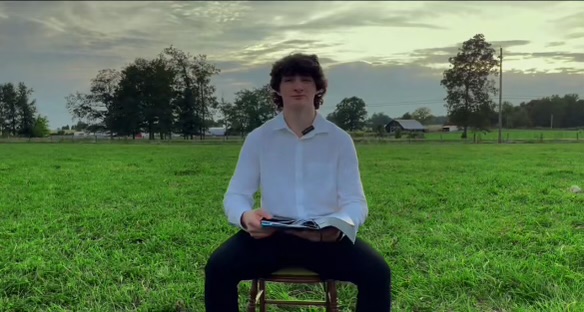


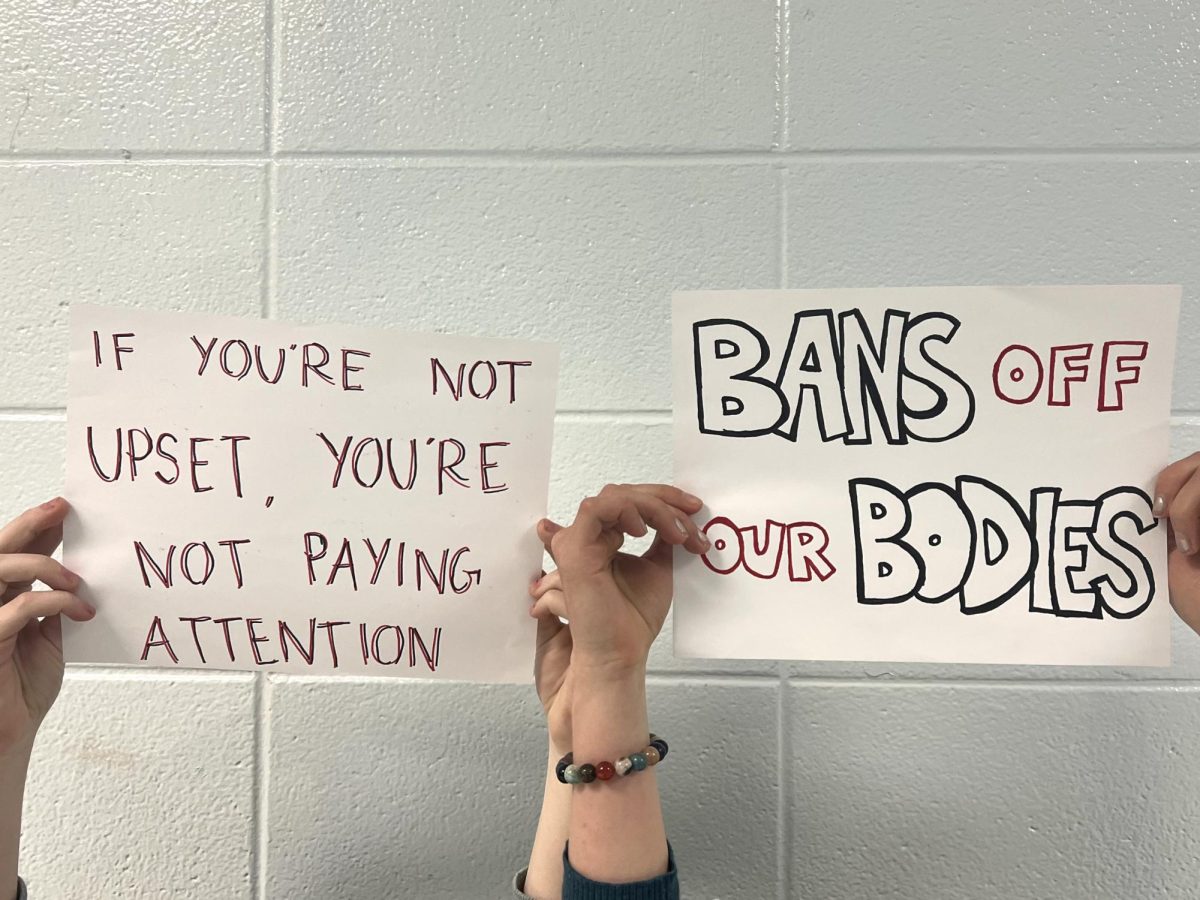










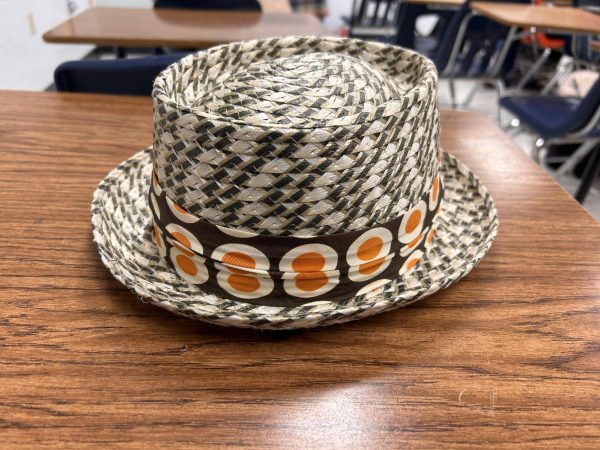
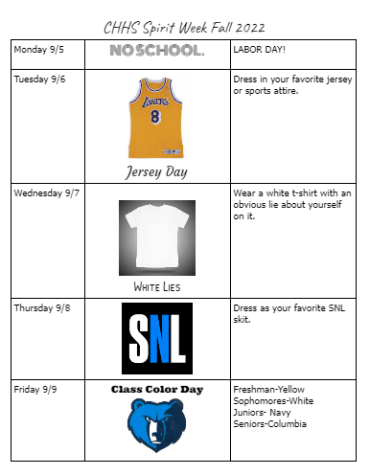


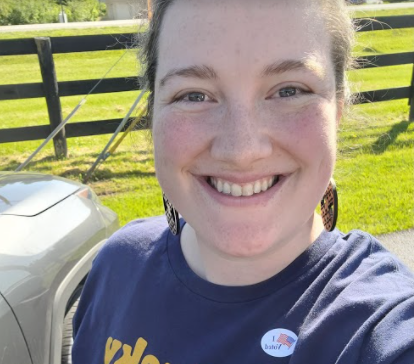



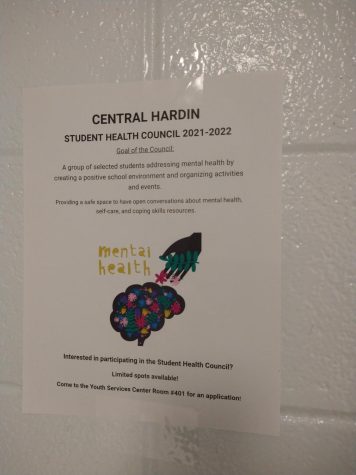

myname • Sep 11, 2019 at 3:39 pm
Not to mention most dress codes are rules about what girls can do, but boys can wear anything they want. And when a girl exposes a shoulder, gasp, she might distract a boy from learning…suddenly it’s a girls responsibility to control a boy’s feelings and emotions. Misogyny much?